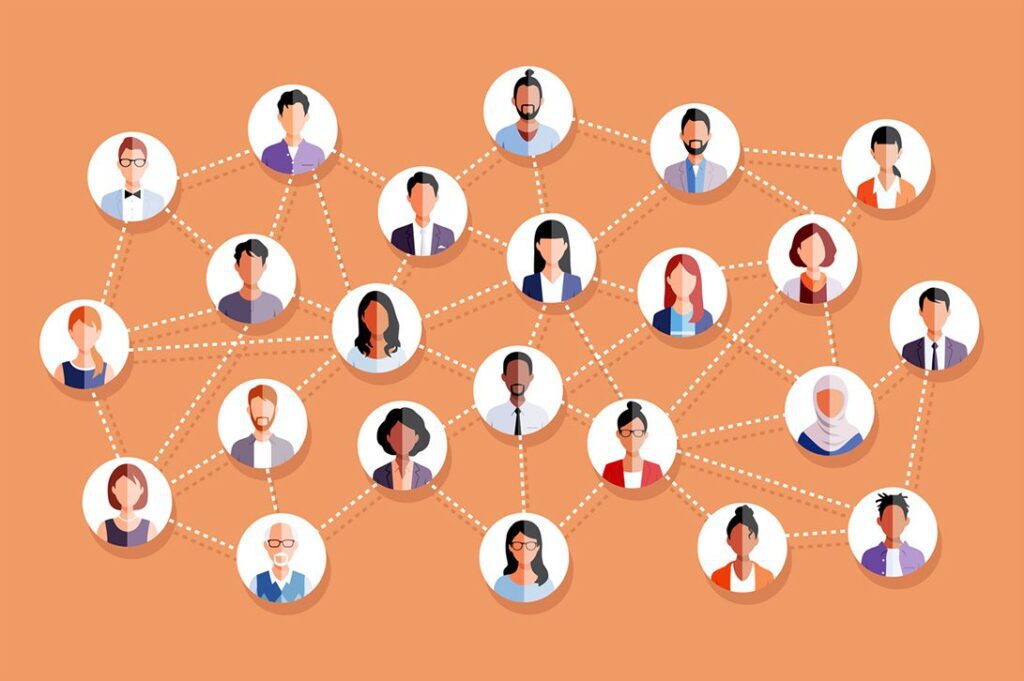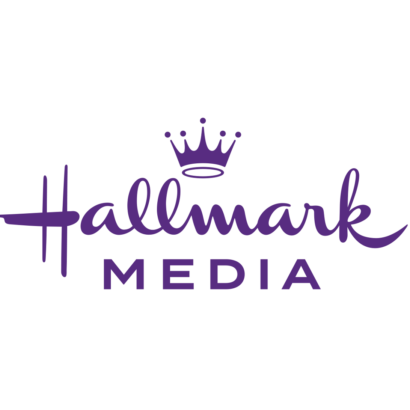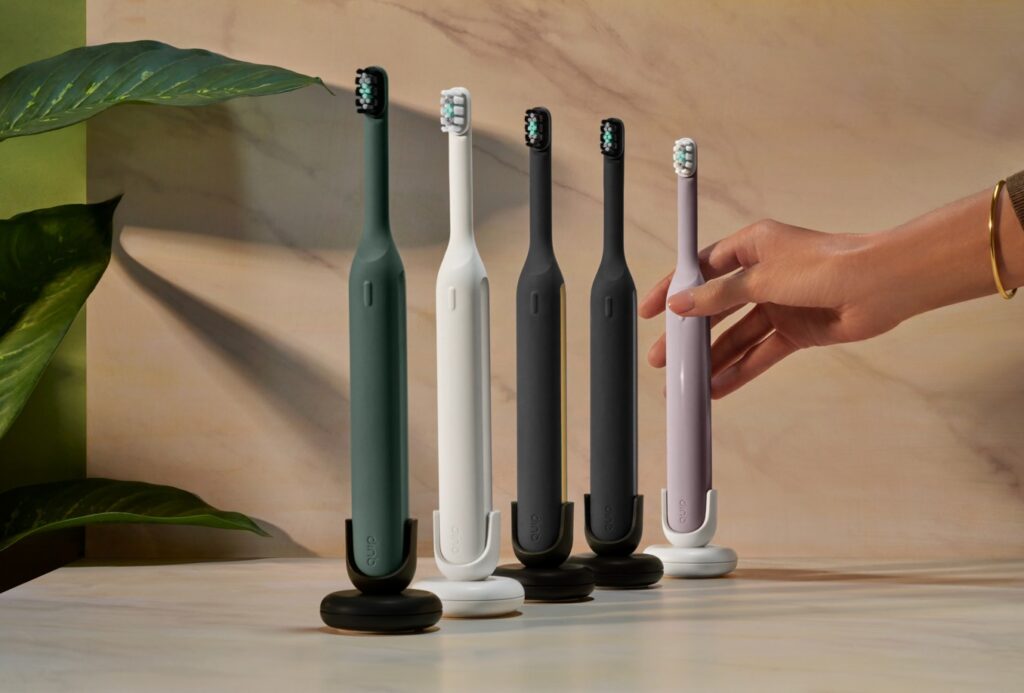The French say “vive la difference” when it comes to the sexes. Direct marketers, however, are more divided on the topic of gender.
Men’s Health, for example, naturally targets a male audience. But Ed Fones, vice president and general manager of the Rodale Press magazine, says he hasn’t found anything “dramatically different” when it comes to marketing to men or women.
On the other hand, Banana Republic keeps its men’s and women’s departments separate and distinct at both the retail and catalog level.
“Men like to go to a location and find things only for them. It’s the hunter/gatherer thing,” notes Sarah Gallagher, senior VP of the San Francisco-based company. “Women are gatherers. They like to go through the entire book or store.” she says.
San Jose, CA-based catalog consultant Carol Worthington Levy notes that for the most part, catalogers target the gatherers, rather than the hunters.
“The majority feels women are the decision makers,” she says. “[Women] find catalogs more interesting.”
But there are exceptions, like Health for Life, a catalog of health and fitness products that targets an audience of male body builders.
“People tend to generalize about who makes buying decisions or about guys not being that interested in ready copy,” says Worthington Levy. “It’s a little insulting. Men like to read when the copy is worth reading.”
The copy is worth reading, she says, when its appropriate for the audience. For body builders, that might include text on biomechanical issues and how to avoid injury when working out.
Another generalization Worthington Levy found was the sense that Health for Life customers did not buy gifts. She decided to test that. With a wrap featuring a ripped body builder, she designed a series of call outs pointing to different parts of the body, with gift suggestions (and referring page numbers) for each body part. She described the results as successful.
Initially, the Highlander catalog -based on the syndicated televison series about sword wielding immortals-was another book initially positioned as a “male” book, because young adult men are the usual audience for action series.
True to form, the Highlander customer base was initially 80% male, says Worthington Levy, who won an Echo for her redesign of the book. But market research showed that the female audience was loyal, interested and growing. (Worthington Levy cited the number of women’s Web sites devoted to The Highlander.) The product line didn’t change at first, but the design shifted towards a more romantic catalog with what Worthington Levy describes as “juicy, hunky” shots.
Romance didn’t dissuade the male customers, but did build the female base to where the 700,000 name customer list is skewed just over 50/50 in favor of women. As the female part of the base rose, so did the median age from 30 to 45. To cater to the female audience, products as a series of jewelry lines each inspired by ongoing characters from the series were designed
Highlander is one example of Rosalie Sachs Levine’s theory that topic unifies the audience more than the sex of the prospects.
“The basic buttons are the same, whether it’s Redbook or Men’s Health,” says the New York-based copywriter. “What are the benefits to the person?”
Levine notes that product defines the relationship and that women are the purchasing agents. Women, she adds, buy men’s clothing. Most magazines find that true as well. But she wonders if audiences can be divided male and female at all.
“In today’s world there are fewer exclusive male or female activities, clubs, or places,” notes Levine.
Men’s Health’s Fones says today there is no such thing as an “average Men’s Health guy.”
“With 1.5 million readers, we have a pretty broad spectrum,” he says. “It’s difficult to characterize: 34,35, upper income. But we have the 18 to 25 year old group as well as the 40 to 50 group.”
Fones describes the pitch and the product in pretty much the same terms: “It’s visual, organized, simple. It’s easy for guys to figure out. “The hot bottons and personal benefits are what you’d expect: losing weight, gaining muscle, better sex; as well as fitness, nutrition, stress, career, grooming, and style information.
The Men’s Health Web site (www.menshealth.com)also does well, with some 10,000 hits a day. In addition to being able to buy Men’s Health books or subscribe to the magazine, visitors can access highlights of the current issue as well as an archive of past articles by topic. According to Fones, a core group-a “good percentage”-both subscribes and visits the Web site.
Subscription solicitation includes DRTV spots purchased on a remnant basis on such networks as ESPN and The Weather Channel.
As far as selecting or segmenting mailing list names, Fones looks for some purchase or select indicating the prospect is “taking an active role in improving his life.”
In terms of gender marketing, Banana Republic is poised between two choices. It can continue offering both men’s and women’s items in the catalog or it can split the catalog into two: one for men and one for women.
Gallagher says, that in retail, Banana Republic found that men like a “comfort” zone to shop in. Since “guys freak,” as she puts it, if they have to go through the women’s department, Banana Republic has developed gender specific stores. If the two separate stores are not viable, then the two sections are side by side, or the men’s section is in the front of the store.
The catalog reflects that concept. In the first three editions, the section for “Man” precedes the section for “Woman.”
According to Gallagher, Banana Republic is speculating on whether to have separate catalogs for men and women. If that does happen, it won’t be for another year. For the moment, Banana Republic is trying to brand itself and its catalogs.
Lori Collins, director, lists and data, Harte-Hanks, Billerica, MA, also points out changing traditions. While acknowledging that women traditional do the shopping-purchasing females account for 70% of all retail sales-Collins said women are also becoming a major force in the workplace.
Women, she suggests, are using resources like the Internet to research and buy such traditionally male products as insurance. They do not, Collins adds, want to see their husband’s name with Mrs. in front, they want direct mail in their own names.
 Network
Network

